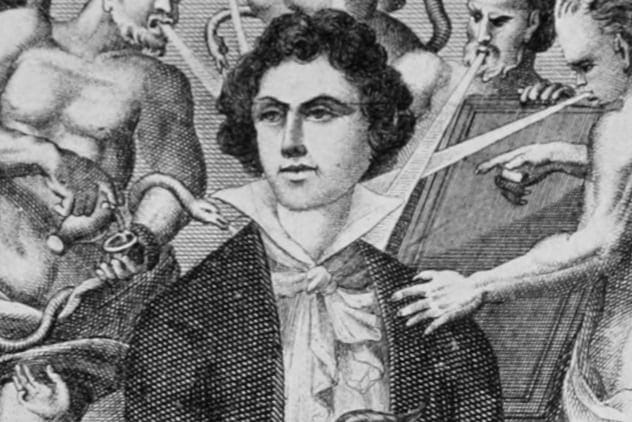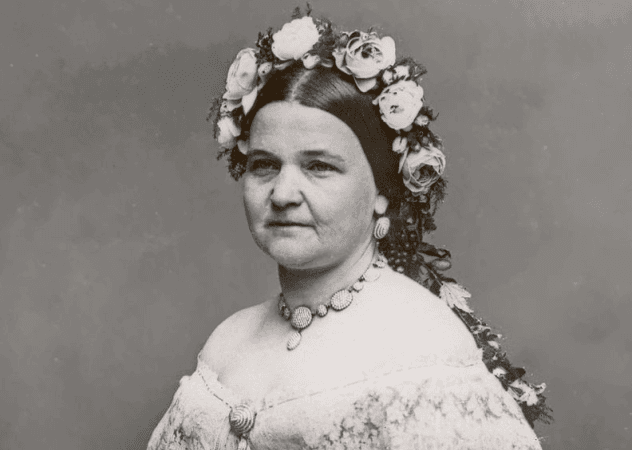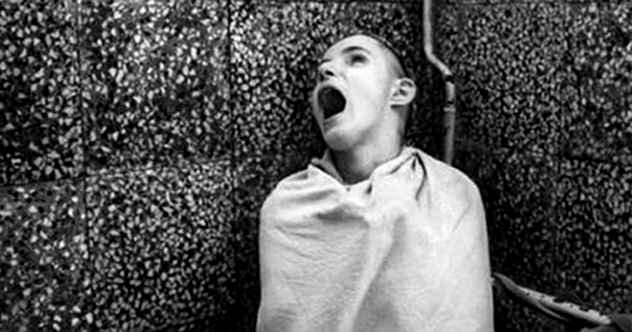Celebrity often places individuals in the spotlight, but what happens when fame is coupled with mental health struggles? Many well-known figures throughout history have faced the unenviable status of being declared insane. Their stories, whether fleeting or enduring, reveal intriguing aspects of public figures grappling with mental illness.
Douglas Tilden, Sculptor
Douglas Tilden (1860-1935), a famous sculptor in California, experienced a sudden descent into madness, reported in the San Francisco Call. A bout of scarlet fever at age five left him deaf and without the power of speech. Despite these challenges, he became a celebrated artist, known for his sculptures of athletes.
His unexpected mental breakdown occurred at his father-in-law’s home. The newspaper reported that his family was terrified when he began destroying furniture. Unable to communicate due to his muteness, Tilden was taken to the city’s Receiving Hospital and confined in the Insane ward.
Ed Doheny, Baseball Player

Ed Doheny (1873-1916) rose from playing baseball in a vacant lot to pitching for the New York Giants. Despite showing promise, his career was marred by disciplinary issues stemming from his temper and ungovernable tongue. He was later traded to the Pittsburgh Pirates, where his behavior became increasingly erratic.
During the 1903 season, Doheny’s behavior worsened, exacerbated by alcohol. He had altercations with teammates and developed a paranoia that he was being followed. After going AWOL, he attacked his doctor and a male nurse. Declared insane, he was committed to the Danvers State Asylum in Massachusetts, where he died thirteen years later.
Amor De Cosmos, Premier
Amor De Cosmos (1825-1897), born William Alexander Smith, was a man of many talents: a photographer, publisher, and politician who served as British Columbia’s premier. Known for his eccentric acts, De Cosmos later became delusional and was declared of unsound mind.
A Ripley’s Believe It or Not illustration depicts him speaking for 47 hours continuously before the British Columbia Legislature in 1880. This filibuster, along with another by Leonard McLure, stalled a bill but reportedly weakened De Cosmos, contributing to his death six months later.
Pussy, Punk Rocker

Known as “Pussy,” Aleksandr (last name unknown) is a Russian punk rocker known for wearing women’s clothing. In July 2015, he committed a heinous act against his girlfriend, Viktoria V, beheading her and performing a sex act with her head.
Although his band members dismissed him, citing a drug problem, the motive for Viktoria’s murder appeared to be her plan to evict him. Russian officials declared him mentally ill, citing diminished responsibility, and he was detained in a psychiatric institute for an indefinite period.
Edward Beale McLean, Publisher

Edward (“Ned”) Beale McLean (1889-1941), the publisher of The Washington Post, experienced a series of disasters, leading some to blame the curse of the Hope Diamond. Despite initial success and influence in politics, McLean’s life took a turn in 1930 when his wife sued him for separate maintenance.
In 1933, McLean was declared insane and confined to Shepherd and Enoch Pratt Hospital in Towson, Maryland, where he remained until his death in 1941.
Marquis de Sade, Novelist

Marquis de Sade (1740-1814), whose novels gave rise to the terms “sadism” and “sadist,” was infamous for his atheistic and nihilistic views. His works, which endorsed rape, incest, and cruelty, were often banned. De Sade spent 29 years in prison or an asylum in Charenton, having been declared insane, during the reigns of King Louis XVI, the French Revolution, and Napoleon Bonaparte.
Frances Farmer, Actress
Frances Farmer (1913-1970), a talented and beautiful actress, was also troubled. In 1944, she was declared insane and institutionalized until 1950. Accounts of her time in mental institutions include stories of brutal treatment, rape, and a lobotomy.
In 1942, Farmer’s behavior escalated as she began drinking and taking amphetamines. Diagnosed with manic depressive psychosis, she spent the next seven years in various mental institutions, receiving shock therapy and other treatments.
Ezra Pound, Poet

Ezra Pound, an American poet, avoided a treason trial by being declared incompetent due to his pro-Fascist broadcasts during World War II. He spent twelve years in St. Elizabeth’s, a mental hospital in Washington, D.C.
Some historians and psychiatrists believe that Pound feigned insanity to avoid the treason trial. Dr. Winfred Overholser, the hospital superintendent, allegedly aided Pound’s subterfuge, impressed by him as a cultural figure.
Friedrich Nietzsche, Philosopher

Friedrich Nietzsche (1844-1900) suffered from ill health, depression, and visual hallucinations throughout his life. He was initially believed to have suffered from general paresis of the insane due to quaternary neurosyphilis.
However, a recent study suggests that Nietzsche may have instead succumbed to frontotemporal dementia. This conclusion is based on a review of Nietzsche’s medical notes, cross-referenced with modern knowledge about syphilis and dementia.
Mary Todd Lincoln, First Lady

Mary Todd Lincoln (1818-1882) experienced significant trauma as First Lady during the Civil War, witnessing her husband’s assassination and losing three of her sons. She also faced social gossip and cruel comments from the press, leading to paranoia.
Concerned about her mental state, her son Robert had her committed for her own sake. At her trial, he recounted her extravagant purchases, paranoia, and suspicion that people intended to harm her. The jury declared her insane, and she was placed in a private sanitarium before later being released and declared competent again.
These figures, each with their unique contributions to society, shared the unfortunate experience of being declared insane. Their stories shed light on the complexities of mental health and its impact on individuals, regardless of their fame or status.
What are your thoughts on how society treats mental health issues today? Leave your comment below!










